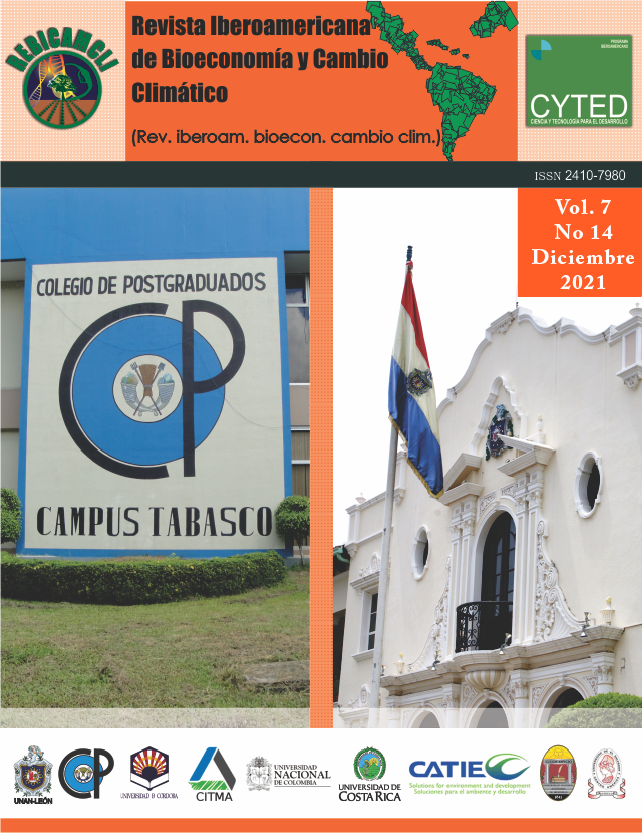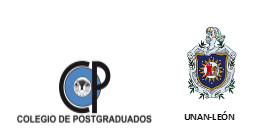Salinity variation affect population growth rate and reproductive capacity of Brachionus plicatilis: an approach to climate change
DOI:
https://doi.org/10.5377/ribcc.v6i13.11872Keywords:
Rotifers, Salinity, Stress, ReproductionAbstract
The aim of the present study was to evaluate, under non-acclimatization conditions, the population growth rate and the reproductive capacity of Brachionus plicatilis, after being subjected to stress due to reduced salinity. On the day of the experiment, they were placed in a battery of four experimental groups (1: acclimatized and 3: without acclimatization): control group (35 ‰), Treatment 1 (25 ‰), Treatment 2 (10 ‰) and Treatment 3 (7 ‰). ), N = 30 rot / ml. Distilled water was used to reduce salinity. The rotifers were cultured at a temperature of 31 ± 1ºC, pH 8.33 and fed with a single dose of Saccharomyces cerevisiae (1 x 106 cells / ml). Constant aeration was used throughout the experiment. The rotifers were counted once a day. The results show that rotifers cultivated in the salinities of 35 ‰ and 25 ‰ present a higher rate of population growth and reproductive capacity than those cultivated in 10 and 7 ‰, during the two days of study. Likewise, 35 ‰ correspond to the highest values of growth rate (K: 1.66) and yield (r: 129), followed by 25 ‰. However, in 25 ‰ the highest number of rotifers in reproductive stage was observed (96% of rotifers with eggs and a reproductive index value of 0.964). Consequently, our results show that B. plicatilis, when cultivated in seawater (35 ‰) and moved without prior acclimatization to low salinity media, decreases its growth rate and yield.
Downloads
313
HTML (Español (España)) 0
Published
How to Cite
License
Copyright (c) 2021 Ibero-American Journal of Bioeconomy and Climate Change

This work is licensed under a Creative Commons Attribution-NonCommercial-ShareAlike 4.0 International License.
Copyright © Rev. iberoam. bioecon. climate change (Graduate School and UNAN-León, School of Agricultural and Veterinary Sciences / Department of Agroecology / Center for Research in Bioeconomy and Climate Cahnge (CRByCC).







